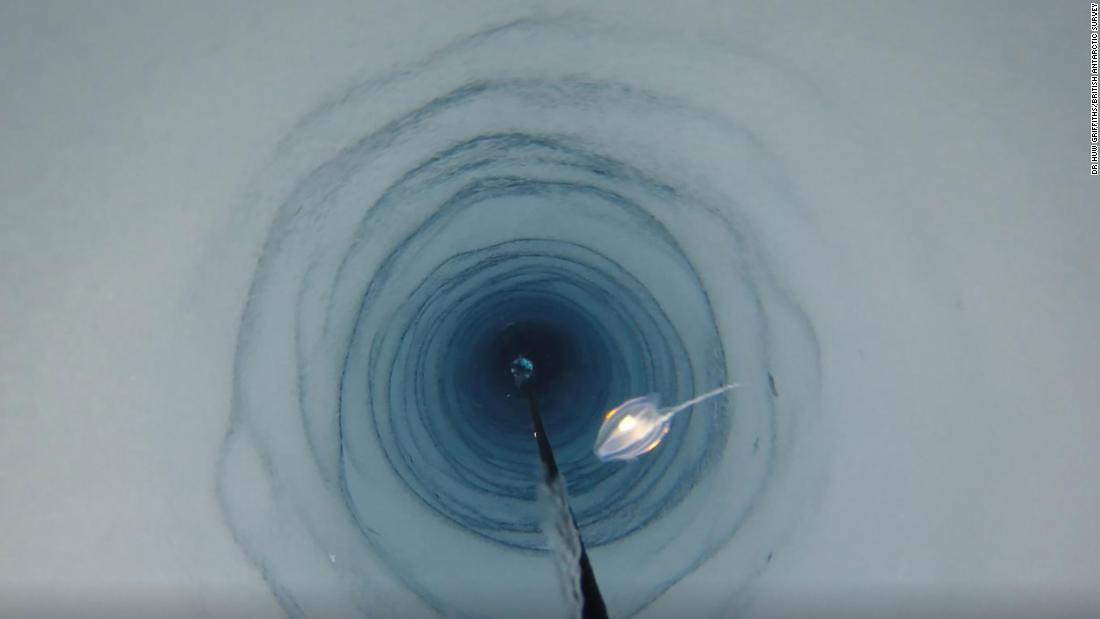The researchers were drilling 900 meters of ice on the Filchner-Ronne Ice Shelf, located in the southeast of the Weddell Sea, when they found unexpected creatures “firmly attached to a rock”, living in darkness and below freezing temperatures.
A collection of stationary animals – sponges and potentially several species hitherto unknown – were among the discoveries.
Animals like these are not expected to live in these extreme places, because they are too far from sunlight and any obvious food source.
The accidental discovery was made by a team of geologists, who were drilling through the ice to collect mud samples, but found the rock that housed these strange creatures.
The area under giant floating ice platforms is one of the least known habitats on Earth.
Finding the sponges in this remote location, said Griffiths, was what made this discovery particularly perplexing.
If there were many sunlight and plenty of food, animals that feed on filters like these usually dominate, said Griffiths. In deep seas with a limited supply of food, crabs and mobile animals are more likely to search for food, he added.
“Somehow, some really specialized members of the filter feed community can survive,” he said. “They could be new species or they may just be incredibly tough versions of what normally lives in Antarctica – we just don’t know. My guess is that they are potentially a new species. ”
Griffiths explained: “If they are living in a place as difficult as this, they are probably specially adapted to be there. There is a good chance that they can go weeks, months and years without eating – you have to be very resilient to deal with it. . ”
This could be an opportunity to learn from these “resistant” organisms and how they survive in extreme conditions – whether for medical, engineering or other scientific purposes, he said.
Smarter technology and ideas are needed to get closer to these animals, he said, and more research is needed to really get a better and bigger picture of what is happening under the ice.
“It is the idea that there is a whole world about which we know nothing. The idea that there are many more of these rocks down there … That would constitute a huge habitat that we did not know existed,” said Griffiths.
“There are so many questions. There is life on Earth that does not follow the rules that biologists understand.”
